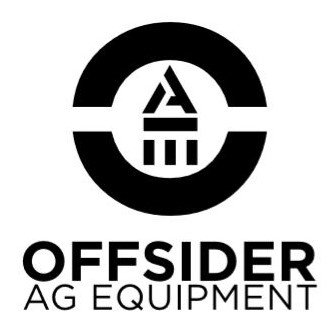Is...Is that heifer going to calve?
Understanding the signs and phases of labour, as well as the process of calving itself along with the care required after calving, will ensure the best possible overall result for you, the cow, and her calf.
Of course, your vet should handle serious and complicated calving problems.
As cattle people, we must use good judgment as to which problems will require professional help, and the earlier help is sought the greater the survival rate of both cow and calf.
When all goes according to plan, your calves are born after 40 weeks gestation, the same as people.
They are born within a maximum of 4 hours of labour starting, and the cow immediately licks off her calf. The calf usually stands up and suckles within a few minutes of calving.
But we all know, things don’t always go according to plan. So lets get an idea of the way things should go, and what it looks like when they don’t.
IF YOU THINK YOUR HEIFER IS IN TROUBLE, CALL YOUR VET (if you have one near) OR START INTERVENTION PROCEDURE
Springers
Springers are pregnant cows that are close to calving. You would probably classify a springer as a cow or heifer within 2 weeks of their predicted calving date. They closer they get to the date, or the more “calfy” they look, the more often you should check them. Once a day from about a month out, then twice a day from about 2 weeks out. If the weather is wet, windy, cold or in anyway bad, checking them more often (about every 6 hours) is probably a good idea.
Now, big places with big mobs don’t necessarily do this level of intensive husbandry, but each to their own, and forewarned is forearmed, right?
What are you actually looking for?
Springy heifers and cows have a certain “look” about them. There is no easy way to put this, but their vulva area becomes swollen and loose looking. When she jogs or walks away from you, you will be able to see it jiggle, kind of like a bowl of jelly. Told you there was no easy way to put it!
Her udder will also become more pronounced - but don’t rely on this - heifers are notoriously tricky.
Very Early Signs of Calving
· Restlessness pacing scratching at her sides vocalisng
· Isolating herself from the mob
· Reduced appetite
· Uddering up (swollen udder with sticky out teats)
· Mucus from vulva
· Milk dripping from teats
· Mothering other calves
· Dip between tailhead and pin-bones
· Change in shape of torso less round more full at the bottom
· A ‘sticky out” tail like she is going to wee or poo but not weeing or pooing
Going from Springing to Calving
If everything goes according to plan your Springer will calve with no problems at all. How will you know when she is calving?
· Arching her back
· Getting up and down
· straining/contractions
· water bag protruding
Once the cow starts straining and pushing – two feet will become within the water sack.
Normal presentation is when the two front feet and head move through the pelvis first. If you don’t see two feet - or see hind leg or legs you need to intervene immediately.
If the heifer is not making significant progress one hour after the water bag or feet appear, examine the heifer to see if you can provide assistance. Mature cows should be watched for only 30 minutes before a vaginal examine is conducted.
The feet and head of the calf create a wedge which assists in opening the vagina.
Once the feet are 10cm clear of the vulva the calf’s head has cleared the pelvis. The chest of the calf has not passed through the pelvis at this stage and the umbilical cord is still attached so the cow is still providing oxygen to the calf.
Once the head has cleared the pelvis, the cow may rest for a minute or two. Once the calf’s shoulders have cleared the pelvis, the birth will continue fairly quickly. The umbilical cord will have likely broken by this point and the calf will start to breathe on its own.
After a normal birth, the cow will stand, sniff and start to lick the newborn calf. Licking will help dry the calf, stimulate blood flow and prevent the calf from getting too cold.
Sometimes calves are born without you knowing and are stashed or hidden by the cow. Best practice is to check all areas of the paddock and, depending on the quality of the fencing, the paddocks next door as well. Look in creeks, hollows, long grass, near stumps and old logs for any signs of a calf.
If you don’t find the calf (which is more likely than you think) check your heifer/cow to see if she still might be in labour, have a twin still in utero or is yet to calve!
